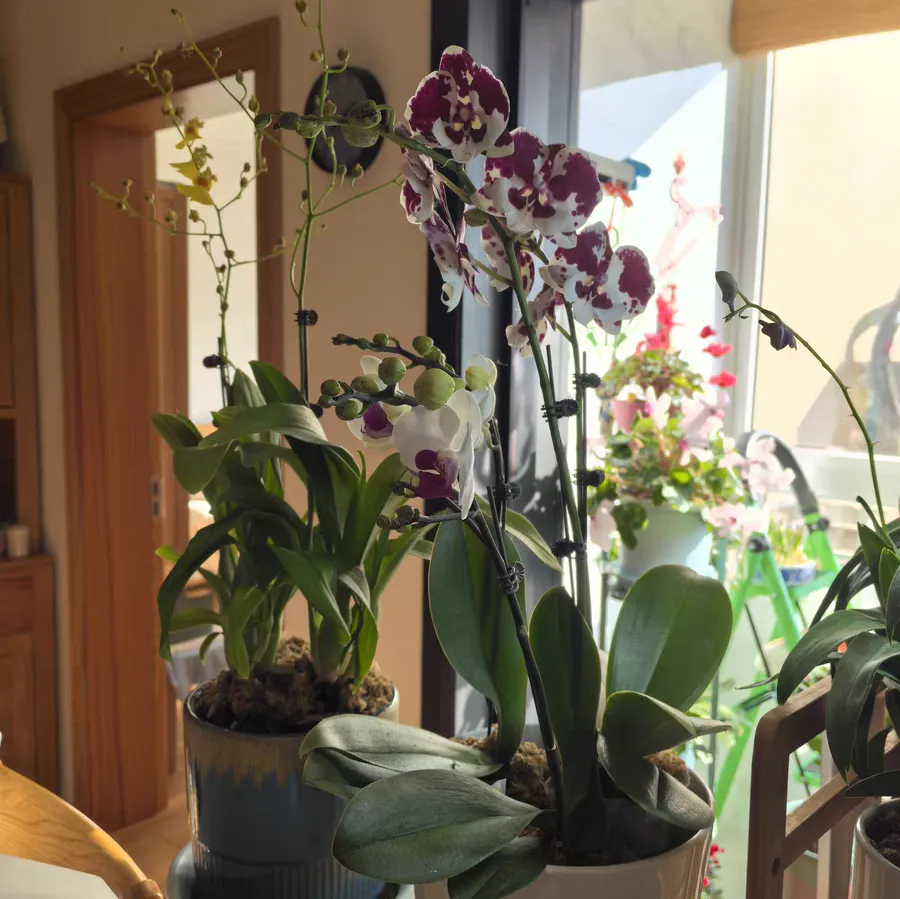The temperature gets colder and colder in December. At this time, many phalaenopsis may be in a dormant state. However, in some households, in order to keep them looking beautiful, people start to use heaters to help them. But as a result, the leaves begin to turn yellow and wither, and the flowers gradually fade. What's going on here? Let's find out together in the following text.
For many flower lovers, orchids are the "white moonlight" in their hearts. However, since they originate from tropical rainforests and have long enjoyed the natural conditions of high humidity and good ventilation there. Therefore, when it comes to home care, if they are placed beside a particularly dry and warm heater in winter, serious impacts may occur.
The reason is that heaters will quickly cause the temperature to rise, and at the same time, the humidity of the surrounding air will drop sharply. In such a dry environment, the water in the leaves of phalaenopsis will be quickly drained, and the roots will begin to turn yellow and black. If they are placed in such an environment for a long time, it will also cause the plants to die directly.
So, how can we provide a suitable growing environment for phalaenopsis in winter? First of all, avoid placing phalaenopsis beside heaters or in other places with heat sources. It is recommended to cover the plants with black plastic bags at night to protect them from the wind and open them during the day, and place them in places with scattered light. Secondly, in relatively warm rooms, the environment can be improved by increasing the surrounding humidity. For example, use a humidifier beside the plants or place a basin full of water beside the plants. Finally, of course, it is also necessary to pay attention to maintaining ventilation and avoid the breeding of germs caused by overly enclosed air.
In addition, when the temperature drops in winter, phalaenopsis will also enter the dormant period. At this time, the amount of watering should be relatively reduced. It is recommended to water them once every 5 to 7 days to keep the soil slightly dry. In terms of fertilization, since its own metabolic rate is slow and the demand for nutrients will also decrease accordingly, you must not fertilize it too much at this time. Otherwise, it will cause excessive nutrients, which is very unfavorable for the plants.
Is the phalaenopsis afraid of high temperatures?

Share with
Tagged in :




Leave a Reply